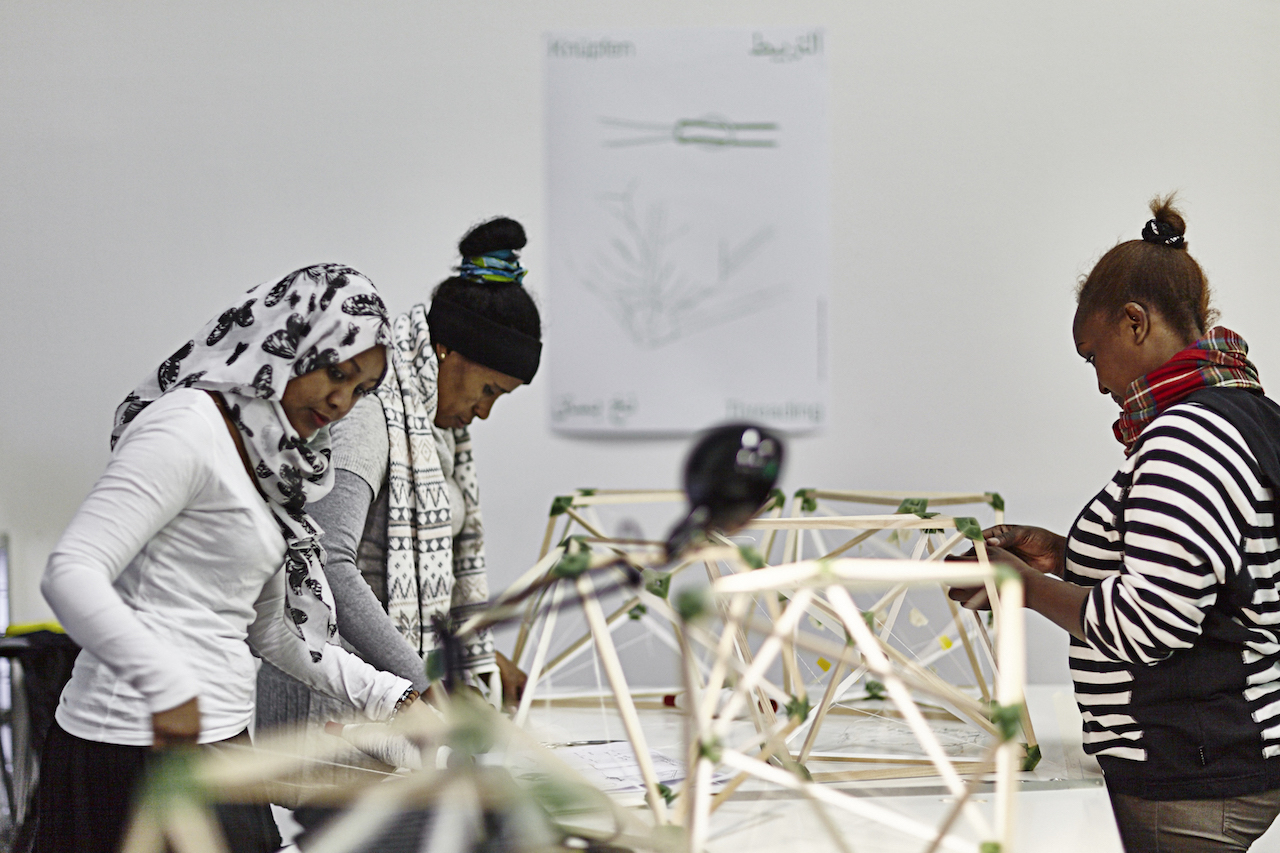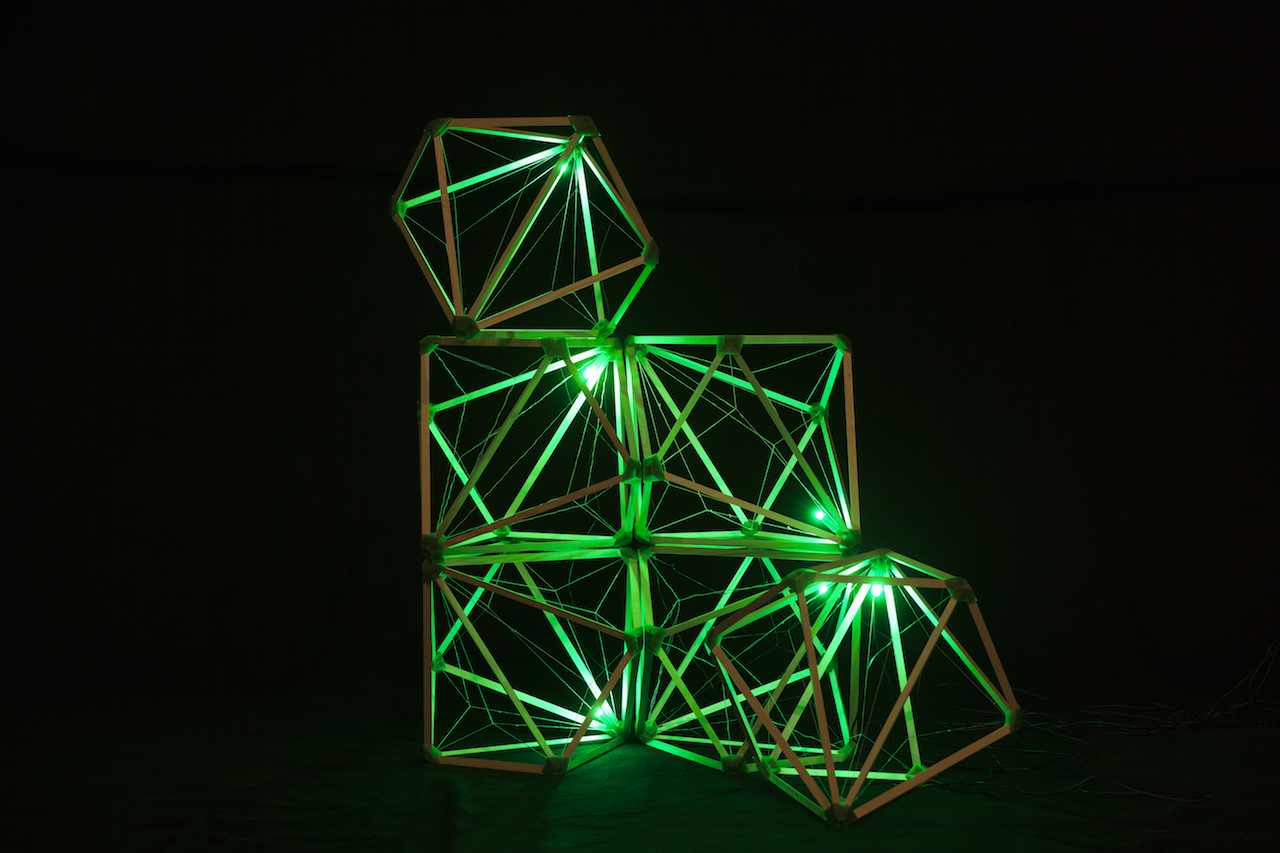With nine monitors and a live camera, “Wipe Cycle” transposes present-time demands as a way to disrupt television’s one-sided flow of information. In the exhibition “TV as a Creative Medium,” the installation was constructed before the elevator. So each visitor was immediately confronted with his or her own image. But the monitors also showed two video tapes and a television program. The installation, which made visitors a part of the information, was rigged in a highly complicated fashion: in four cycles, images wandered from one monitor to the other delayed by eight or sixteen seconds, while counter-clockwise a gray light impulse wiped out all the images every two seconds.
(Source: «Video-Skulptur retrospektiv und aktuell 1963–1989», Wulf Herzogenrath/Edith Decker (eds.), Cologne, 1989, p. 114.)
…The effect of Wipe Cycle, by the young New York artists Frank Gillette and Ira Schneider, was to integrate the viewer and his local environment into the larger macrosystem of information transmission. Wipe Cycle was first exhibited at the Howard Wise Gallery in New York in 1969 (“TV as a Creative Medium“). It consisted of nine monitors whose displays were controlled by synchronized cycle patterns of live and delayed feedback, broadcast television, and taped programming shot by Gillette and Schneider with portable equipment. These were displayed through alternations of four programmed pulse signals every two, four, eight, and sixteen seconds. Separately, each of the cycles acted as a layer of video information, while all four levels in concert determined the overall composition of the work at any given moment.“The most important function of Wipe Cycle,” Schneider explained, “was to integrate the audience into the information. It was a live feedback system which enabled the viewer standing within its environment to see himself not only now in time and space, but also eight seconds ago and sixteen seconds ago. In addition he saw standard broadcast images alternating with his own delayed/live image. And also two collage-type programmed tapes, ranging from a shot of the earth, to outer space, to cows grazing, and a ‘skin flick’ bathtub scene.”“It was an attempt,” Gillette added, “to demonstrate that you’re as much a piece of information as tomorrow morning’s headlines – as a viewer you take a satellite relationship to the information. And the satellite which is you is incorporated into the thing which is being sent back to the satellite. In other words, rearranging one’s experience of information reception.”* Thus in Wipe Cycle several levels of time and space were synthesized into one audio-visual experience on many simultaneous frequencies of perception. What is, what has been, and what could be, were merged into one engrossing teledynamic continuum and the process of communication was brought into focus.(*) From an interview with Frank Gillette and Ira Schneider by Jud Yalkut in “Film,” East Village Other, August 6, 1969.– Gene Youngblood: EXPANDED CINEMA, 1970, pp.341-343 (Closed-Circuit Television and Teledynamic Environments)












